|
By Manuel Players: 1 Platforms: PC (Steam) It's been a while since I reviewed a retro-styled RPG, and I'm very excited to break the drought with the game we're going to be looking at today. Starlight Legacy comes to us by way of developer Decafesoft, and publisher EastAsiaSoft. It's actually a game that I've been following on and off for about a year now, and I'm glad to see it get a full release. It's only available on PC (via Steam) at the time of this writing, but maybe it'll end up on other platforms in the future. As you might be able to tell from some of the screenshots, this is an RPG styled after the 16-bit classics of the 90s. It's an aesthetic I hold near and dear to my heart, and I have a lot to say about this game. That's enough for an intro, let's just get into the review already. Starlight Legacy takes place in the world of Evaria, where friends Ignus and Teryl head off to deliver a package to King Lennox in the Kingdom Capital. Teryl is a freelance warrior for The Kingdom, but Ignus is simply along for the ride. If you were expecting either one to assume the role of "main character", you'll probably be sorely disappointed. Weak openings aside, King Lennox rules a land made up of four distinct Provinces, one of which is currently in open rebellion. These Provinces are referred to by their main characteristics, Forest, Mountain, Sky, and Desert, though all were independent at one point in time. Delivering the package goes off without a hitch, but Separatists from Lusoria, The Sky Province, kidnap the princess and burn down The Eternity Tree. Though it's never made totally clear as to why The Eternity Tree is so important to The Kingdom, its destruction creates havoc that our heroes must solve. King Lennox sends our unlikely duo, as well as a travelling merchant named Frida, off to collect the Starlight Relics. These three are now dubbed "The Starlight Heroes", and the quest begins. Free travel is restricted, so each Province must be taken on individually. A Relic is hidden in each, and together these Relics can create a new Eternity Tree. Things aren't ever that simple though, as King Lennox, The Lusorian Separatists, and even others you'll meet along the way, all have their own goals in mind that may run counter to those of The Starlight Heroes. It's not the most original plotline out there, but it does a good job in getting you into the world and its mechanics. I don't want to start off the review with too much negativity, but there are some points about Starlight Legacy's story that I want to discuss before moving on. Put simply, it's messy, written in a style that is a mix between overly serious and campy, and isn't nearly as impactful as anything found in the games that inspired it. Admittedly, it's not the worst plot ever seen in an RPG, but it seems to have gotten the short end of the stick as far as focus in development went. If you're wondering why I seemingly glanced over the trio of heroes, that's because the game pretty much does so too. Teryl is probably the most developed character of the bunch, and that's pretty much solely due to the fact that he's a family man. Ignus literally has no real reason at all to be on the quest, and Frida just got caught up in things as they were happening. They all have a bit more backstory added to them over the course of the game, but it never really extends to the point where they feel like fleshed-out characters. I probably would've liked it more if they were simply blank slates, as this half-assed attempt at characterization feels almost insulting at times. The rest of the plot doesn't fare too much better, but it does flow decently for the most part. The game is essentially split up into several chapters, each being centered on the current Starlight Relic you're searching for. The overarching plot isn't bad, but you'll most likely be able to predict the next turn of events long before they happen. There's a fine line between creating a story that recalls classic games from a simpler time, and creating one that is cliché and boring. While I don't think Starlight Legacy completely fell towards the latter side of things, it did stumble along quite a bit. It can of course be argued that older RPGs didn't have the strongest of stories, but that would be cop out. Not only can I think of several that did, the 16-bit era is often considered something of a renaissance for the genre. Perhaps there is a bit of the 8-bit take on story here, but that's just me making excuses. I don't think anyone will grow to hate Starlight Legacy due to its weak story, but I'm also willing to bet that plenty of people will probably be disappointed by it. It really was a big let-down for me, and I kept hoping it would go places it didn't. I guess they can't all be winners, and part of this failing can be due to the fact that Decafesoft is apparently a development studio made up of a single person. Anyhow, I guess it's time to move on with the review. Discussing Starlight Legacy's gameplay is a bit of a messy topic, since it can be very complicated if approached from a certain angle. At its heart, it's a traditional turn-based RPG with random combat that is as basic as could be, but there's more to it than that if you're willing to dig deep. Combat relies heavily on elemental-based attacks and alignments that you can change at most any time, as well as equipment that moves character stats towards three different areas. Elemental affinities can be given to each character via in-game items, and these affinities can affect damage taken or received. For example, characters with the fire element will deal more damage when performing fire-based attacks, but will also take more damage from ice-based ones. You're freely able to change your elemental affinity at any time, and each of the game's main regions tends to have enemies that lean towards one element or another. You can also just go for the basic, non-elemental, alignment if you want. Equipment on the other hand tends to move a characters stats to attack, magic, or speed at the detriment of the others. For example, axes are strong but slow you down, staves provide you magic over strength, and just about all equipment messes with your speed to some degree. Technically defense and magic defense are thrown in as well, but you get the point. It's not just a matter of equipping the best gear available to you, but more like equipping weapons and armor that suit your play style. There are a few more systems we're going to get into in a bit, but I think it's worth discussing how important these mechanics are to the main game. I'm sort of jumping the gun a bit, but my biggest issue with Starlight Legacy has to be its overall balance. Enemies will absolutely destroy you early on, and that trial-by-fire cycle will repeat itself whenever you enter a new Province. You also start at level one, which makes no sense from a story perspective. Why freelance warrior Teryl is the same level as Ignus is beyond me, but it means you can get one-shotted if you're not careful. I honestly thought I was doing something wrong at first since I kept dying. I think the game wants you to make use of the elemental affinities right from the get-go, but I found them to be very ineffective in practice. The bonuses they grant barely ever feel worth the hassle, and a handful of tough battles leveled up the characters enough so that messing around with the elements seemed even more pointless. Then there are the character skills which can come off as very OP. Get used to abusing skills if you want to get ahead. Also, money is just thrown at you via the near-constant random battles you're subjected to. Items and the like are very expensive, but it doesn't take too long to max out your money if you simply fight every battle the game throws at you. Even though my first couple hours were extremely difficult, I eventually got to the point where I didn't even bother with any of the more complicated in-game mechanics. I reused the same skills and summon magic over and over again, and used my easily replenishable supply of items whenever I needed to heal up. Starlight Legacy is far from an easy game, but it proves that there is a lot of work that goes into balancing an RPG that we as players don't ever seem to notice. This is anything but an example of that balance done right, but it was enjoyable enough that you might not care all that much. Now that we have that big issue out of the way, let's tackle some positives regarding gameplay. Even though I wasn't too big on how Starlight Legacy handled elemental affinities and equipment, I did like how it handled exploration. Since the plot sees our trio of heroes collecting the Starlight Relics one Province at a time, it makes sense that those Provinces would be tackled in a particular order. In actuality, you can choose to take on the four regions in any order you choose. Level scaling across them all means that they will all (mostly) be in line with whatever your current party level is. The issues I mentioned earlier regarding balance are definitely still present, but I think they would've been there even if a "correct" sequence of Provinces was provided. Not only can you tackle each region in any order, but there's also a lot of freedom in how you do so. Each of the four nations have their own quests and gameplay quirks, but you're pretty much left to your own devices as to how you go about completing them. Each of the Provinces also gives you a new form of transportation that affects where you can travel. These include a magic carpet to get over rocks, a raft to go onto the water, and so on. You can even fly in 3D by the end, but talking about that too much goes into spoiler territory. Since each Province has areas that need all the unlockable forms of transportation to reach, that means that areas tackled later have more secrets to find. It's not quite open world, and it's not quite Metroidvania-like in its progression, but it is cool, and made for a fun experience. Since the world is broken up into areas you can explore in any order you desire, this does mean that towns, chests, and available equipment can be a bit all over the place too, but these are all also scaled in accordance with the order taken. Each shop in the game is pretty much a copy of all the others in the world, and carry items, equipment, and magic that correspond with your current place in the game. I think they might also be somewhat dependent on character level, but I may be mistaken on that. Also, I didn't mention this earlier, but magic is something you purchase in-game. Some characters might be more proficient with magic-based attacks, but no character learns spells by default. You also can only use four spells at any one time, so some planning has to be made when decided who gets what spells. This all works out in a manner similar to early Final Fantasy games, and was a nice break from traditional mechanics. Going back to the level scaling, chests are handled a bit differently than shops and monsters. Besides some of them being locked off until you acquire modes of transportation only found in other regions, there will also be some chests that have numbers on them. These numbers correspond to the amount of Starlight Relics you currently have in your possession, and you can't open any that are above your current amount. This allows these chests to have items of a far higher level than what is found scattered elsewhere, and is another unique system that I liked. Though I must also point out that its inclusion means that you won't be able to collect every chest on your first run through an area. I think I've gone on about gameplay for long enough, let's discuss graphics next. I'm a bit torn on this topic, as I really do like the overall look and feel of the world. The retro aesthetic is captured perfectly, and there are design elements I like. I'm a sucker for 2D sprites, and this game has some good ones. Also, the world is presented as a single large area. You go from town to monster-infested roads smoothly, and only break in this immersion comes when entering a dungeon. There are even some Mode 7-style scenes that are fairly impressive too. What's the problem then? Well, I'm of the mind that Starlight Legacy has a generic look that is hard to get behind. This is purely a subjective view, but the entire game looks so by the numbers that it lacks anything that would have it stand out. I'm sure the developer gets a kick out of fans comparing it to older games, but that can only go so far until it becomes a curse. The three main characters not only have very little character to them, but they also look like they were pulled out of a How to Draw Anime book. I don't mean that as an attack to the quality of their artwork, but as to the amount of personality and charm that their sprites and portraits give off. These are not characters you'll remember after the game is finished. At best, they'll just get you thinking about games and characters that possibly inspired them. This also goes with most everything else in the world. Towns, dungeons, and roads look like they could belong to any other 16-bit looking RPG, and the monster designs can be very hit and miss as well. It also doesn't help that each of the four Provinces follow a specific stereotype (Desert, Forest, Ice, etc.), and that the game and world are both rather small in scope. This doesn't really ruin the experience by any great degree, and you may in fact take in the game in a totally different way than me, but I really have to wonder if Starlight Legacy could've benefited from some outside help when it came to aspects outside of gameplay. All my small issues aside, there's one part of Starlight Legacy that I think is near perfect, and that's its music. The entire soundtrack is full of the same retro vibes present elsewhere, and this is probably the only part of the game where I have nothing at all negative to point out. I truly did like every single piece of music the game had to offer, and I was even starting to look forward to certain themes after a while. It's also a place where the game most definitely succeeded in keeping things both traditional and original. The overworld themes are lively, the town themes are calm and soothing, the battle themes get the blood pumping, and so on. This sounds like it could very well be the soundtrack of a long lost SNES JRPG, and I mean that in the best way possible. There were some tracks that I must've heard on loop for ten minutes or more, and I was never bothered by it one bit. Instead of becoming irritating, I found myself humming along to some of them, and there are even some melodies that have been stuck in my head the entire time I've been writing this review. I don't know if the soundtrack is available to pick up on its own, but I'm going to look into that when I'm done here. I really have nothing else to say. This is a great soundtrack, and I hope that this level of quality is kept up in any future projects from the developer. While Starlight Legacy does manage to capture much of the spirit of a retro 16-bit JRPG, it doesn't really pull off the length one comes to expect from such a game. It only takes about ten hours to reach the end, and maybe a few more hours more if you're going for the completionist route. That's not a bad length for any game for sure, but it is on the shorter end of things as far as the genre is concerned. There is something to be said about the quality versus quantity approach to gameplay, but I don't know if that's really the case here either. I'm not exactly against the game's reliance on old school gameplay mechanics, but a good chuck of those ten hours will be spent grinding levels. The battle system isn't the worst, so I didn't mind it all that much, but the lack of a strong story really stings when the game's short length enters the discussion. I do think it's totally worth its current $16.99 price tag, but it can be hard to recommend it when there isn't a lot of replayability. That is a problem for many RPGs, but most other RPGs are either longer, or have more memorable stories to fall back on. There are some optional bosses to beat, and secrets to find, but this is truly a one and done experience. Then again, most players will enjoy the ride nevertheless. It probably comes as a surprise to no one that I give Starlight Legacy the fullest of recommendations. It's by no means perfect, but it's a strong showing from a single developer. Playing it is a must for fans of 16-bit RPGs, and probably for RPG fans in general. It also is short and affordable enough to appeal to those who lean more towards the casual side of things. It's not the easiest of games, but there just might be a little something for everyone here. I also should mention that said developer is taking in a lot of the early feedback and fixing issues with the game as they come up. I actually had to rewrite parts of this review as some of the issues I had were fixed in recent updates. That's always a good sign, and I really do look forward to what the developer has up their sleeve for the next game. Until then, this is there for Steam players to play right now. Grab it, and hopefully it makes its way to consoles later down the line. Until then, see you in the next one! Check Out Starlight Legacy on Steam: https://store.steampowered.com/app/2696760/Starlight_Legacy/ Story: B Gameplay: B Graphics: A- Music/Sound: A+ Value: A Overall: A- Pros: + A cool take on the retro 16-bit RPG formula. + Though some of the advanced gameplay mechanics can be ignored if you so desire, the game does have a level of character customization that is rather impressive. + The non-linear aspect of the game almost gives it an open world, or even a Metroidvania, type of feel. + If you're a fan of 2D sprite-based graphics, then you'll find a lot to love here! + The soundtrack is simply amazing! Some of the best retro-styled music I've heard in a long time. + Though the game itself can be rather small in scope, there are lots of optional areas to explore, and secrets to uncover. + Its current $16.99 price tag is more than reasonable considering the amount of content one gets. Cons: - Both the story and characters are near paper thin. This is not a game that will remain in your mind due to its plot or characterization. - Game balance is all over the place. The opening few hours of the game are absolutely punishing, and the latter few hours will see you so powerful that you can simply ignore many of the more complicated gameplay mechanics. - Though good on a technical level, there isn't much charm or uniqueness to the graphics or character designs. - At just ten hours or so, the game is on the shorter side as far as RPGs go. A copy of this game was provided to us free-of-charge by the publisher for the purpose of this review. This did not affect our review in any way.
0 Comments
Leave a Reply. |
Search
Contributors◆ Angie
◆ Emily ◆ J.D. ◆ Janette ◆ JT ◆ Manuel ◆ Nestor ◆ Rose ◆ Sylvia ◆ Teepu ◆ Tiffany ◆ Winfield Archives
July 2025
|
© 2014-2025 A-to-J Connections. All Rights Reserved.

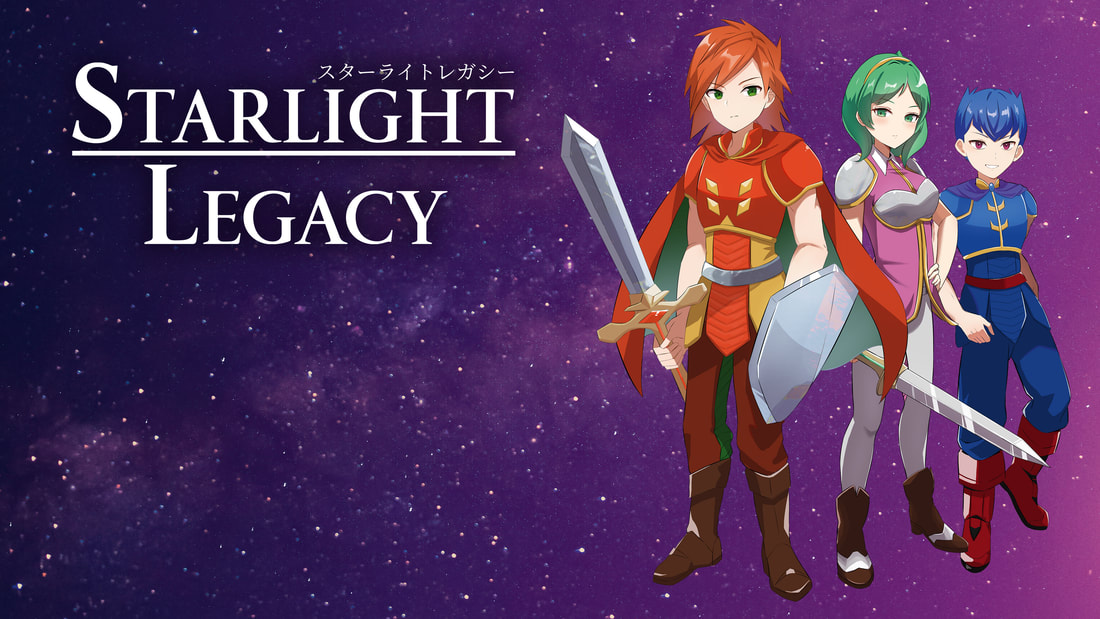
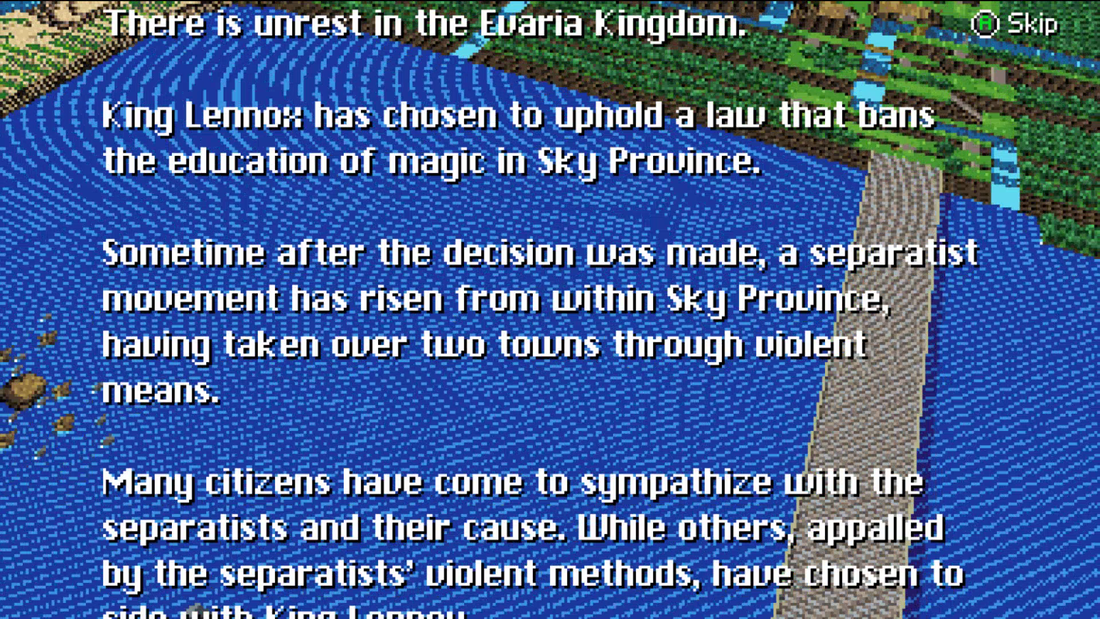
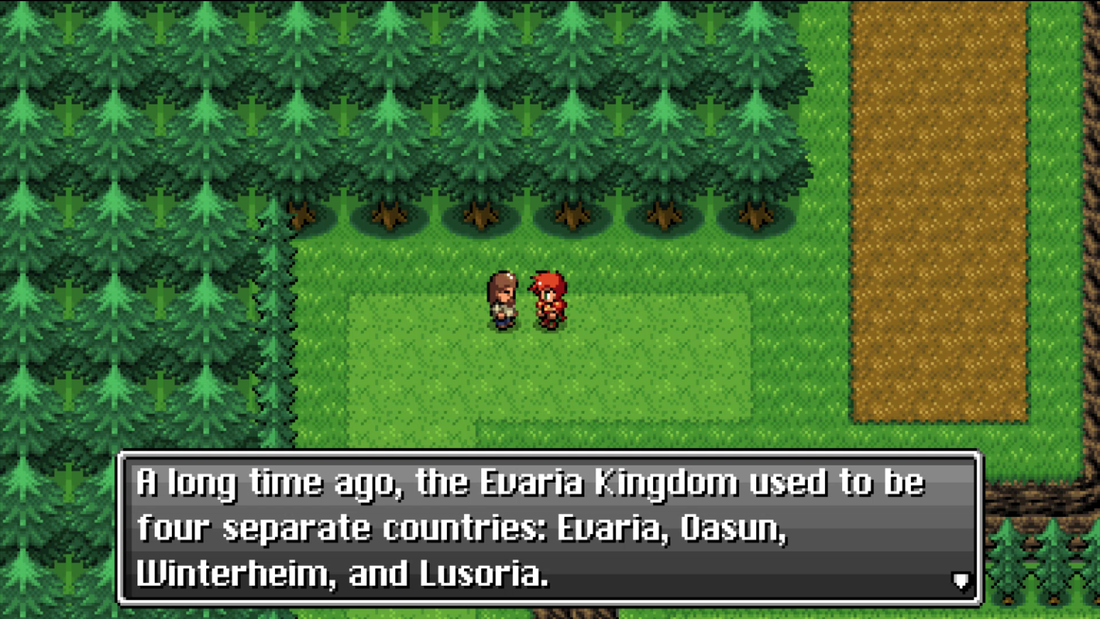
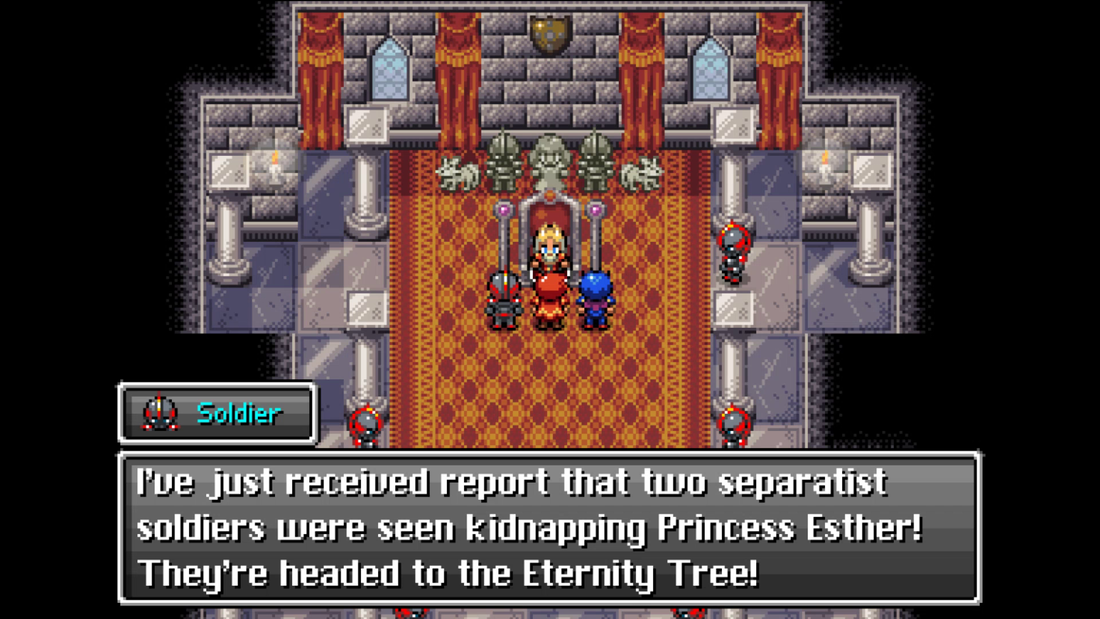
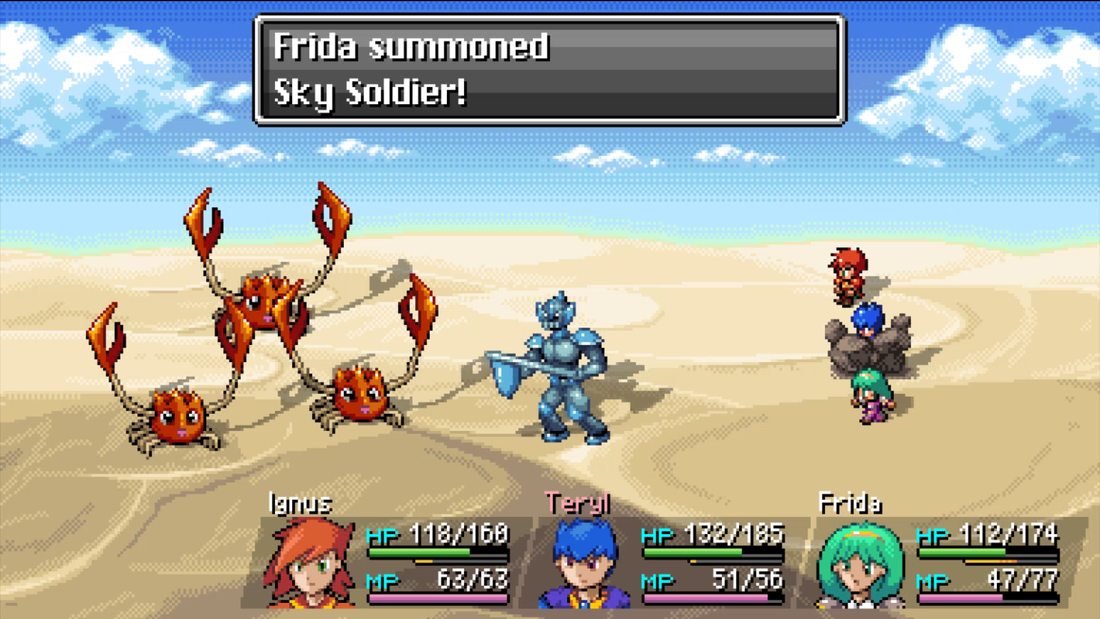
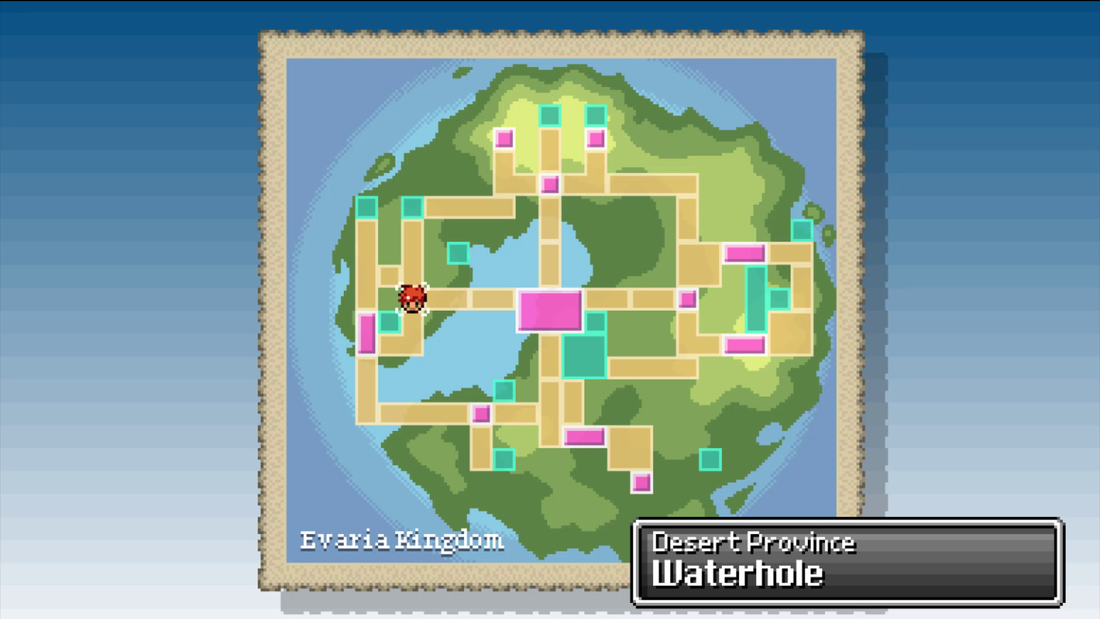
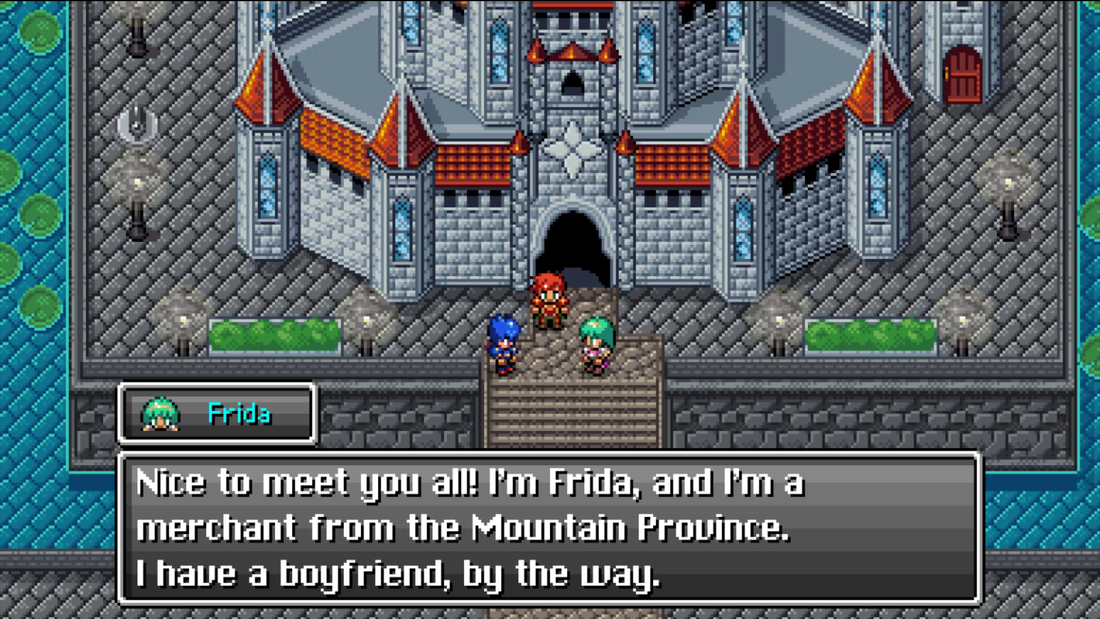
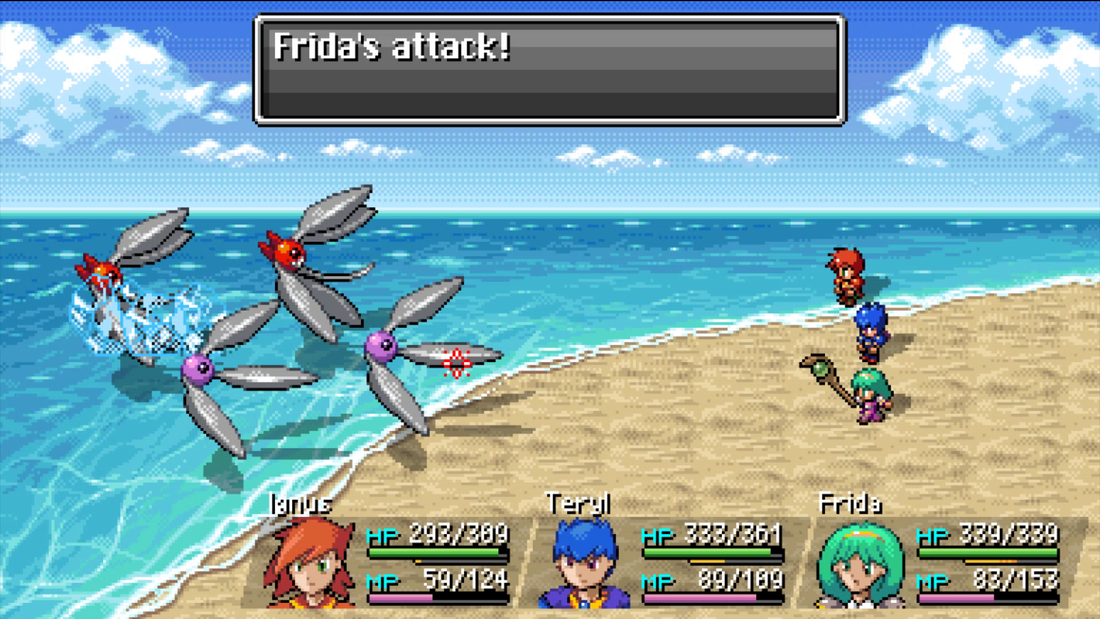
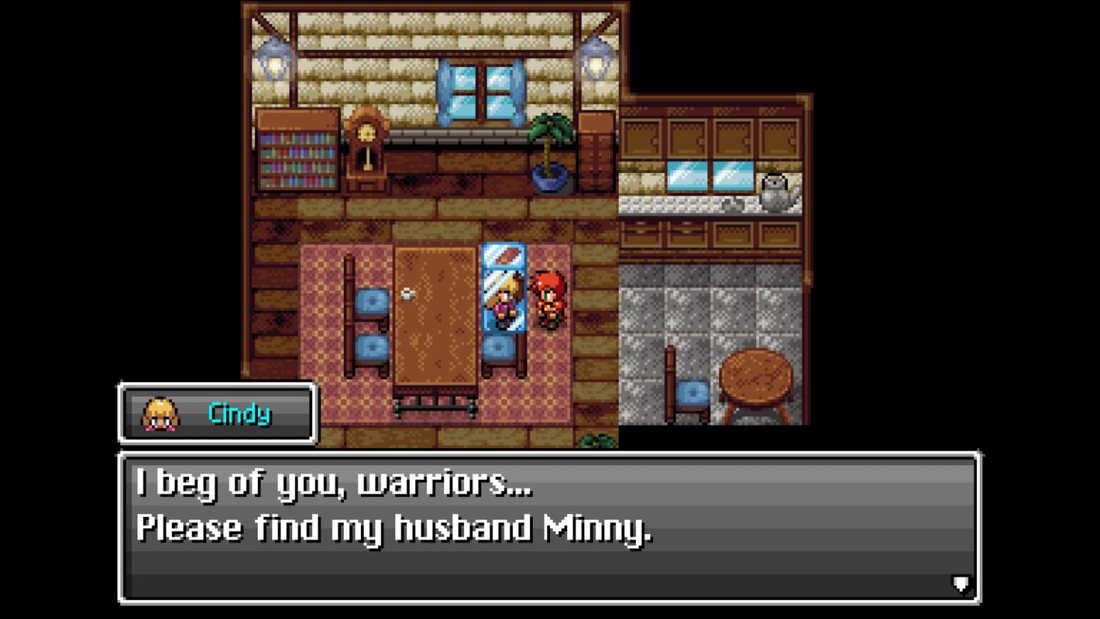
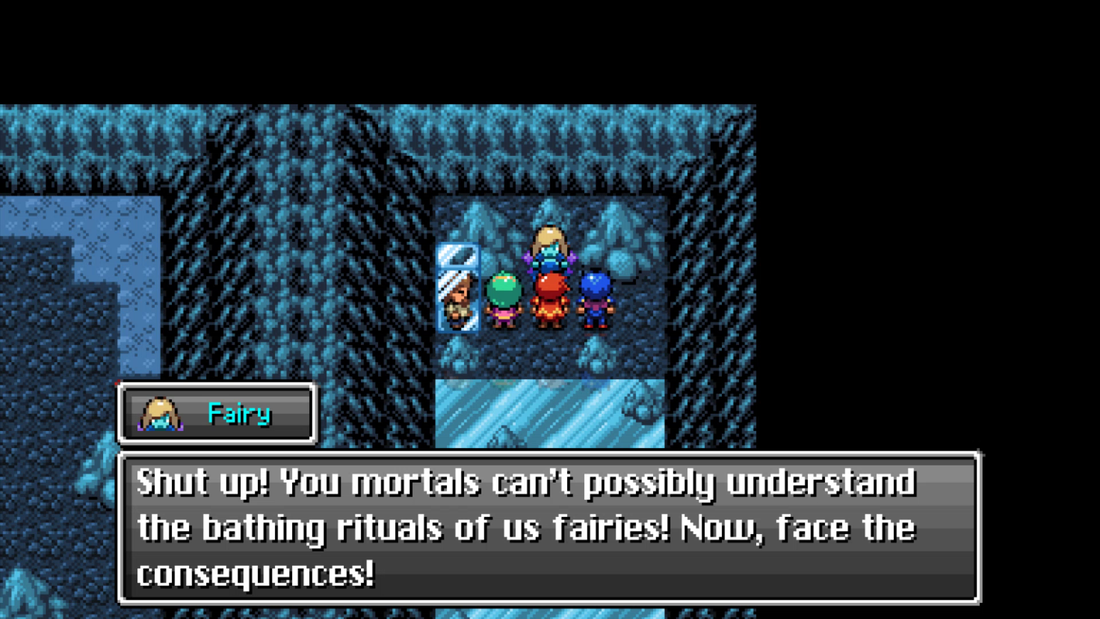
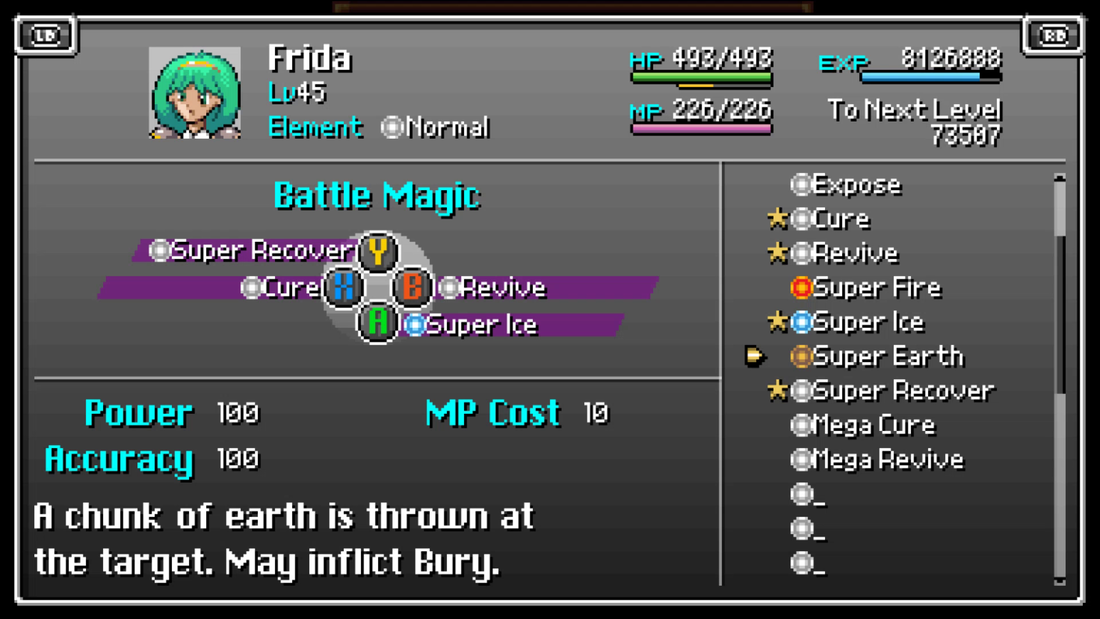
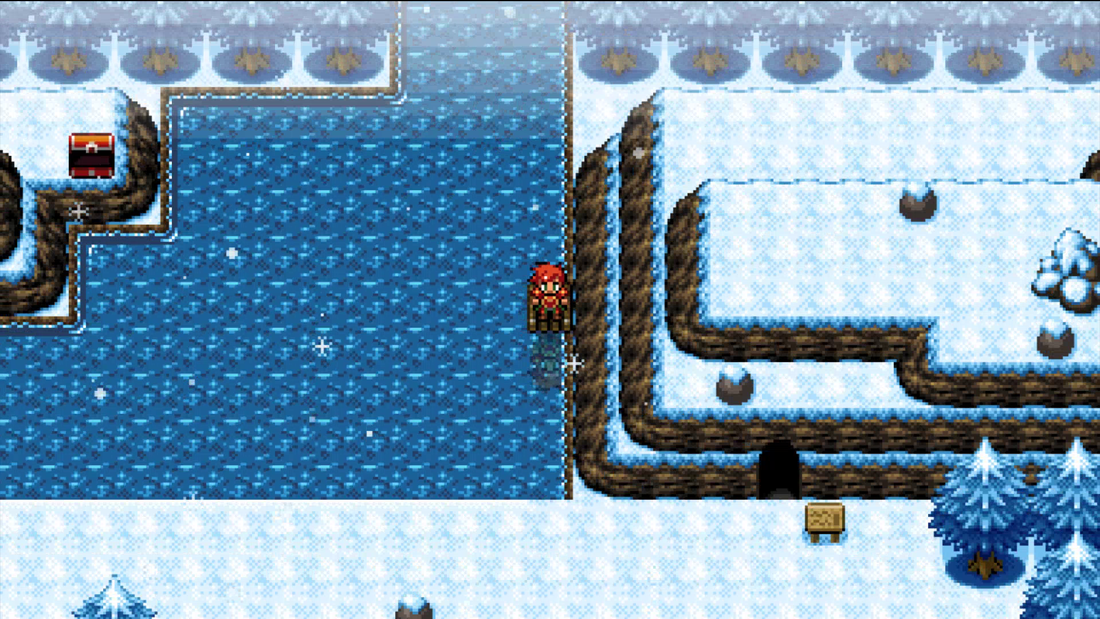
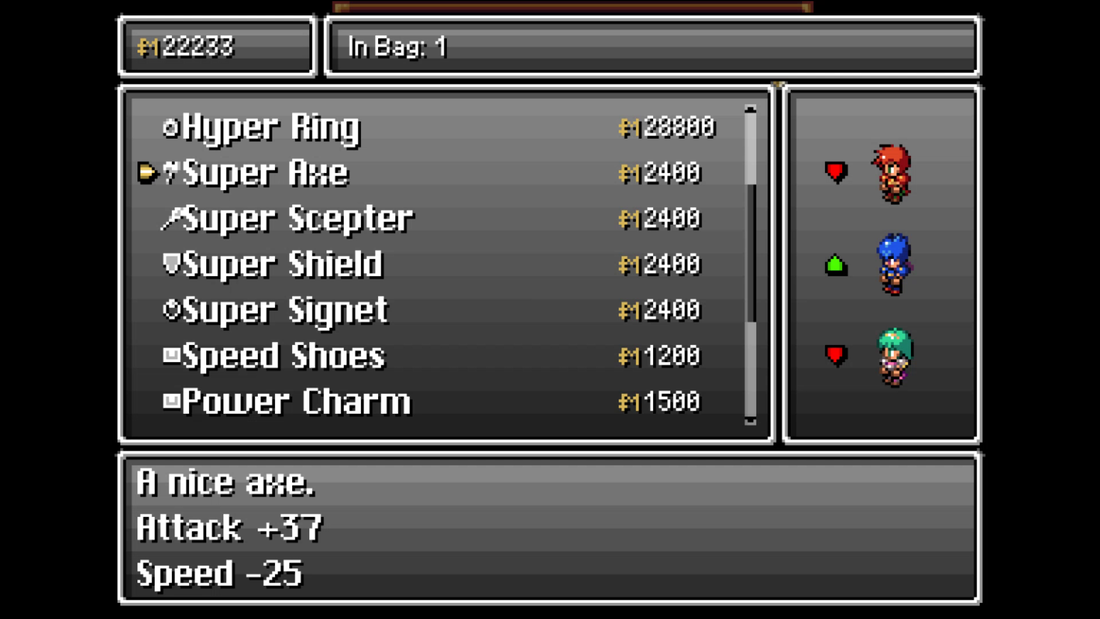
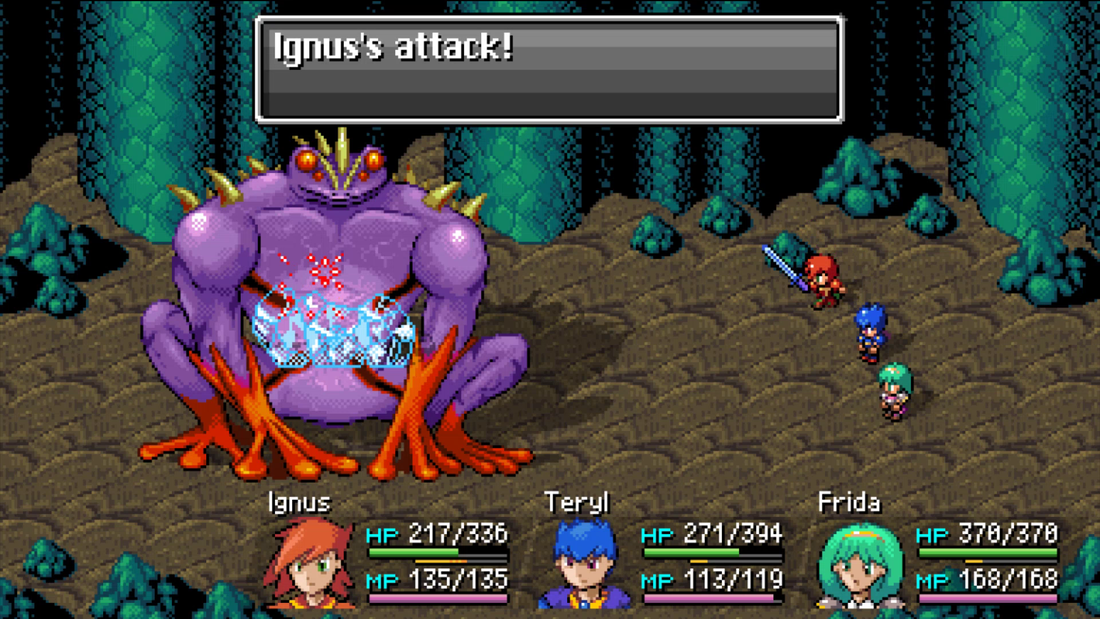
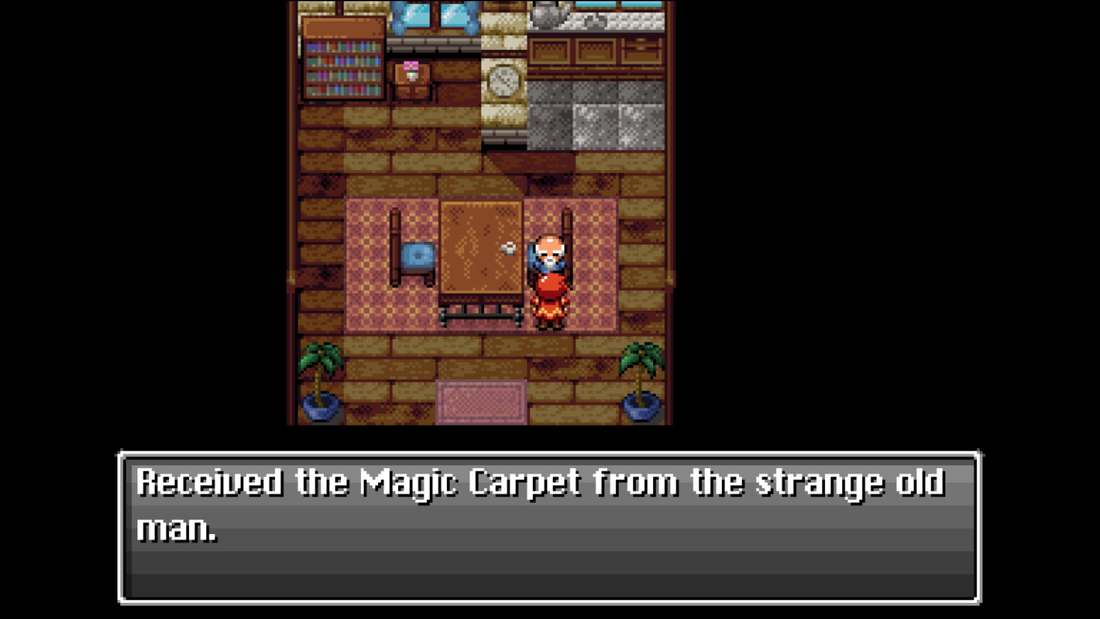
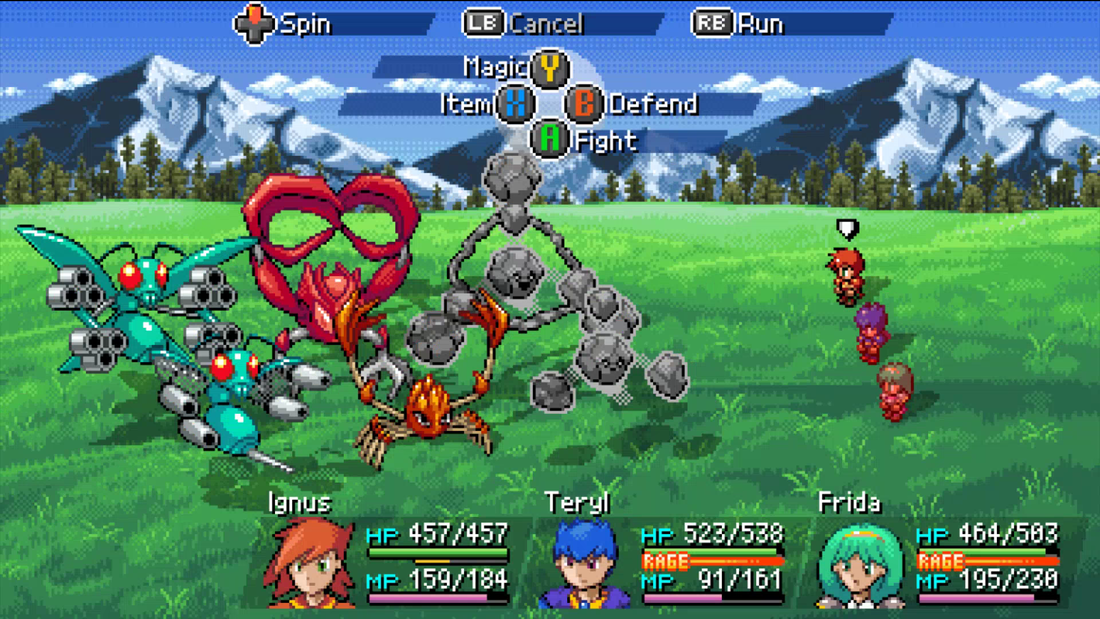
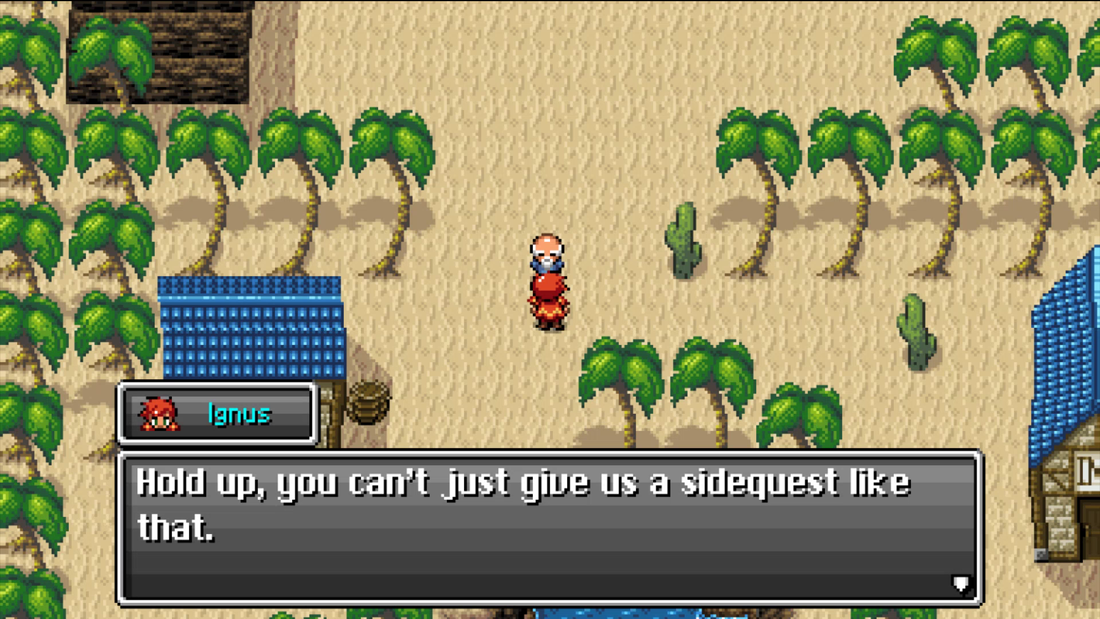
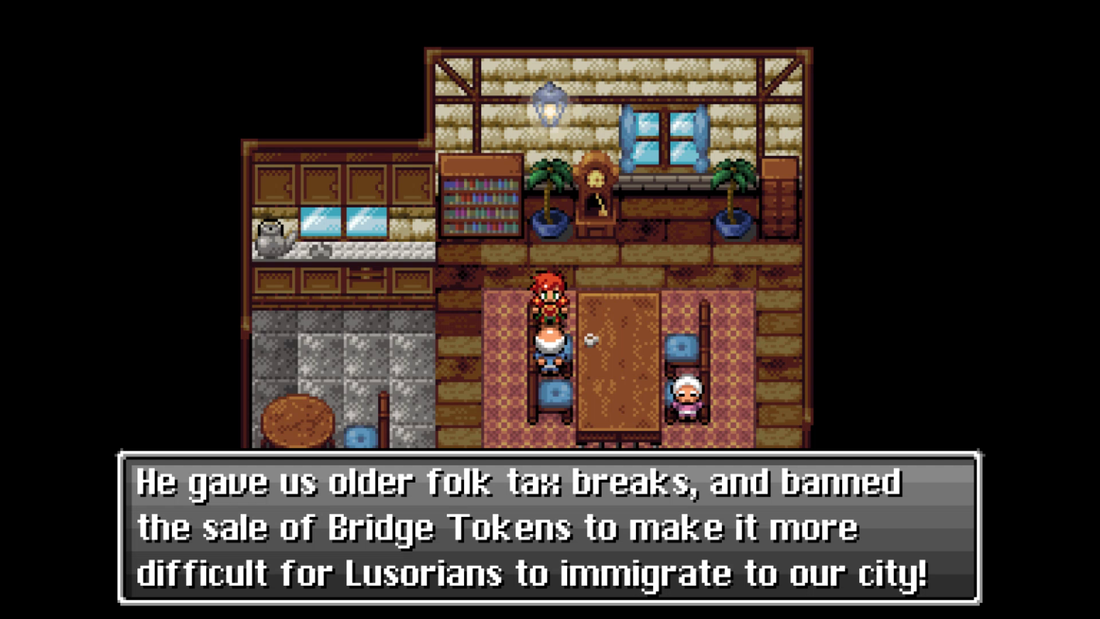

 RSS Feed
RSS Feed